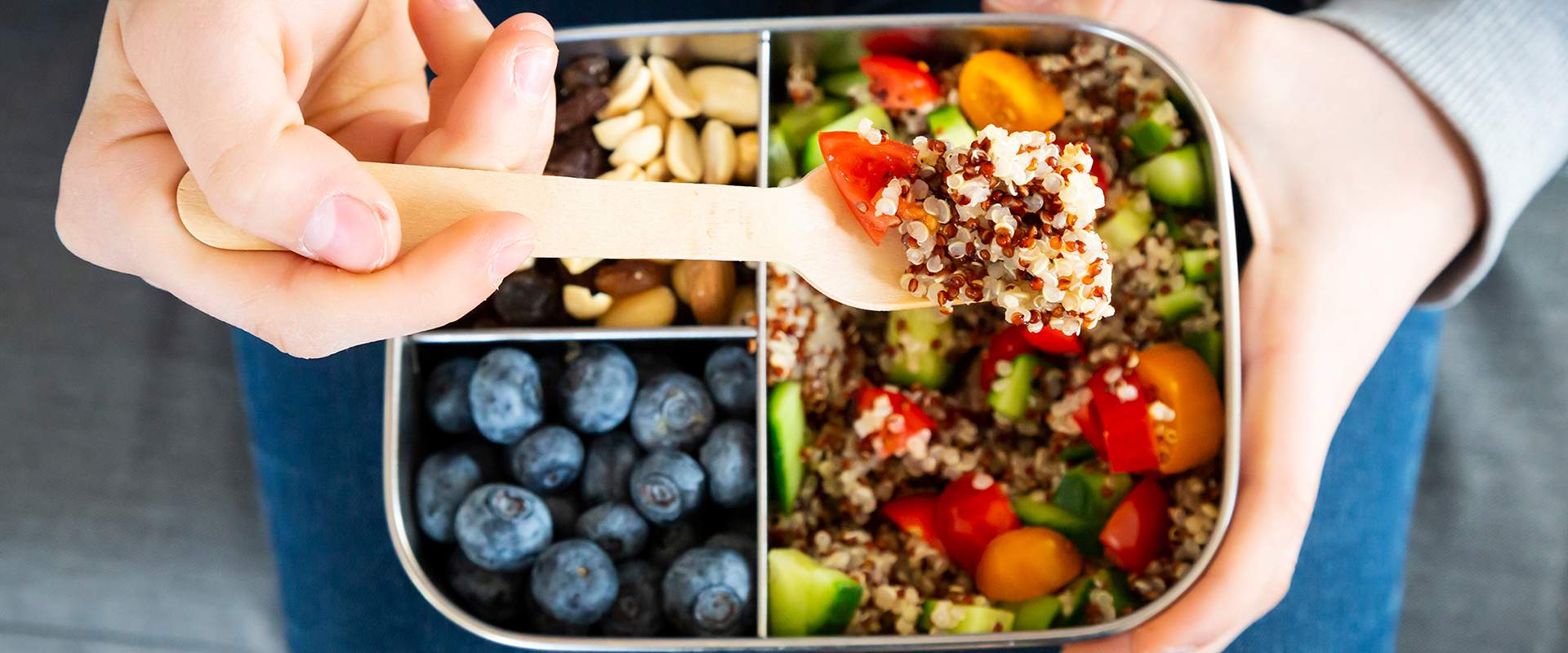Convenience Foods, Processed Foods, Clean Label Lists
"Clean label definitely gives this idea that yes, this product is as natural as it can possibly be.""Consumers demand different types of attributes, for example: Foods that are healthy; foods that are not produced using pesticides or chemicals; foods that are in agreement with environmental stewardship.""So it's that sort of misalignment between expectations and what can possibly be done with current technologies.""Not to mention that it [microwave -assisted thermal sterilization] uses less energy. The carbon footprint emission of these technologies is lower than their counterpart. So it is not only good for the person who is going to have it in terms of satisfying their expectations of taste and flavour and healthiness because it doesn't have the long list of additives, but it is also good for the environment.""There are thousands of factors that can influence consumer behaviour when deciding what foods to purchase and consume."Karina Gallardo, professor of economics Washington State University
 |
"Don't buy products with more than five ingredients or any ingredients you can't easily pronounce"; advice by a best-selling author of the book In Defense of Food. And it's pretty good advice. "If you can't say it, don't eat it", the advice of Michael Pollan. It may have taken a while to penetrate, but at the present time consumers are increasingly looking out for what is called in the industry 'clean label foods'. These are labels listing few items in their processing, short lists of recognizable ingredients, mostly of natural derivation.
The follow-up question actually should be: Is it whole food, if it's been processed? But that's another, digressive story. People think of clean label convenience foods as healthier than foods whose ingredient lists seems interminable. Lists that include chemicals in the ingredients of unknown origin and purpose; tongue twisters like azodicarbonamide, butylated hydroxyanisole, and calcium disodium ethylene-diaminetetraacetate. Tongue-twisting challenges to mouth, much less to ingest.
Those are the ingredient labels that make consumers who bother checking them, shudder. Whereas the clean labels listing no more than five explicated ingredients strike the consumer as superior and as a result, healthier. They are forgiven for the sin of being, in actual fact, processed food. Dr.Gallardo of Washington State University is author of a new study which set out to examine consumer preferences, published in the journal Agribusiness.
Dr.Gallardo, along with Washington State economist Jill McCluskey and Kara Grant, economist at Missouri Western University, concurred that many people are prepared to pay more for ready-to-eat foods whose composition lists bear fewer ingredients. Consumers appear inclined to select clean label foods produced with new technologies geared to limit the use of artificial or chemical components, in the name of extended shelf life properties.
 |
Earlier published studies have indicated that people consider new food technologies to represent "risky or unhealthy, or even unethical" food preparations, although the expectation is that a continually expanding number of clean label convenience foods available in grocery stores will be available. And these are foods requiring innovative technologies in food production.
The researchers defined clean label foods for their study as those with few ingredients without factoring in ingredients familiarity; surveying one group of participants to determine the value they place on clean label foods, and a second group to determine whether including the name of a new technology might affect their choices. Study participants were asked their thoughts on microwave-assisted thermal sterilization (MATS); using heat to kill pathogenic bacteria, much like a microwave oven.
Over half the participants stated their preference for clean label ready-to-eat meals marked with the new technology name. MATS technology results in processed meals that appear and taste as though they were prepared recently, unlike conventional food preservation technology where taste is compromised along with texture and vitamin content, to achieve longer shelf life.
With the new technology, vegetables retain their fresh crunch and vibrant colour "so there is no need to apply a long list of additives, chemicals or salt in order to preserve that", explains Dr. Gallardo. Obviously, the opinion of consumers is that all technologies are not created equal, since much depends on the name of the technology and the manner in which it is communicated.
A label mentioning genetic modification elicits suspicion: "There is an intense rejection". When the word microwave appears in the technology name presented to participants it calls to mind a technology commonly used in a householder's kitchen, therefore acceptable in its familiarity. Both groups of study participants had a preference for clear labels, but a large minority was not willing to pay a premium for products with fewer ingredients.
Within the larger group, the study indicated, people who profess belief in clean label foods and those who favour a shorter list of ingredients dominate in a more relaxed way about these choices. In marked contrast to those who are strong believers in clean label foods, and on the opposite end, those indifferent to clean labels altogether.
 |
| Getty Images |
Labels: Consumer Choices, Food Labelling, Preservation, Processed Foods, Technologies

0 Comments:
Post a Comment
<< Home